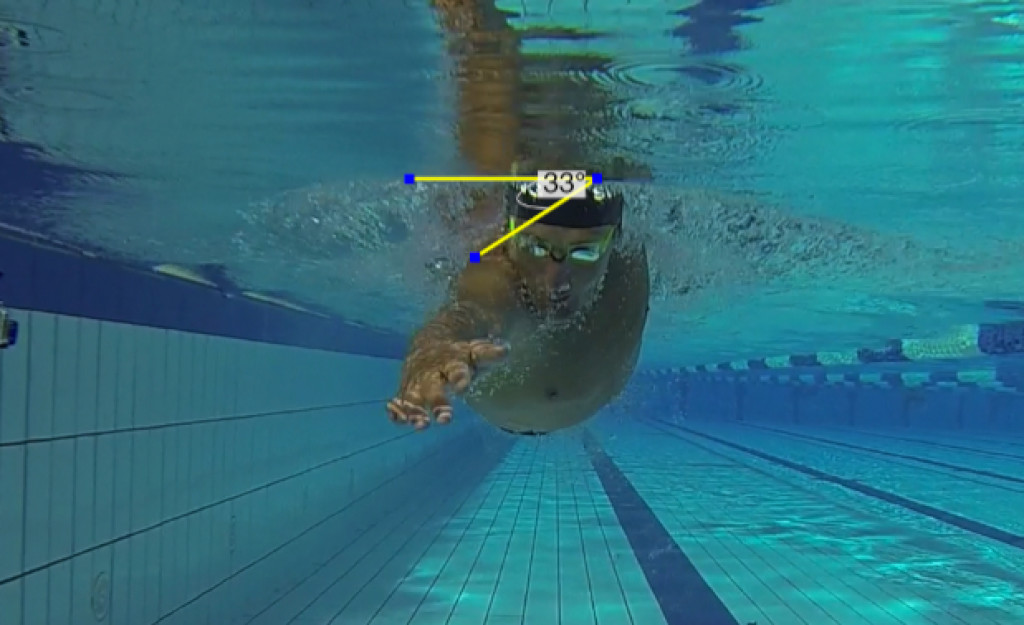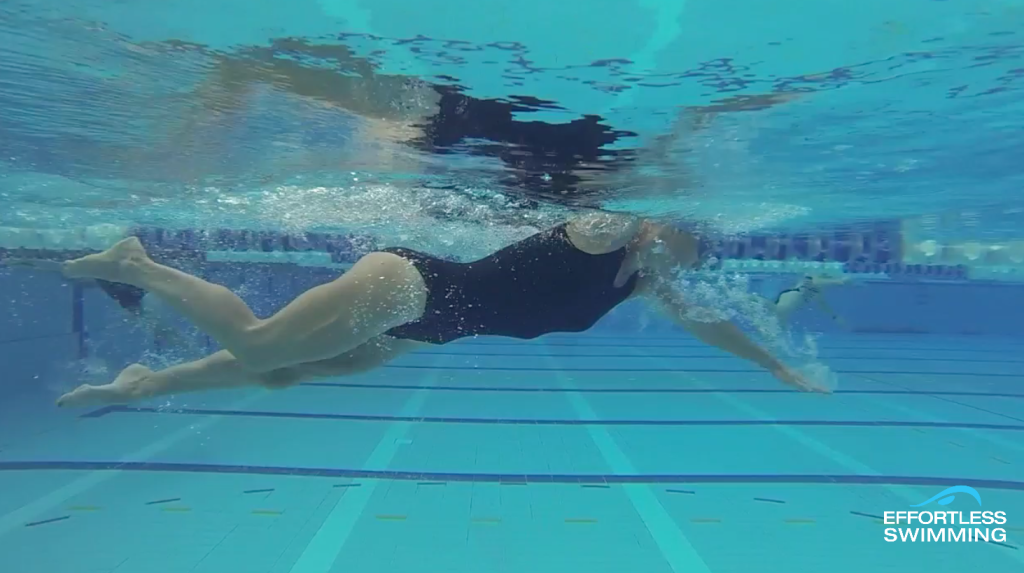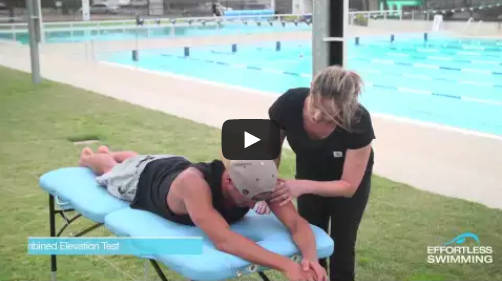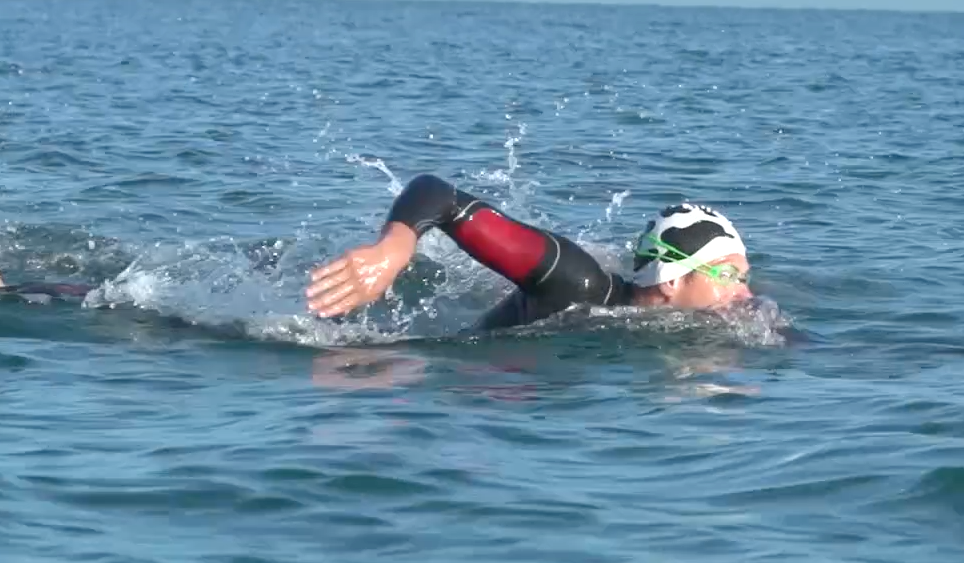How To Avoid Slipping In Your Freestyle Catch

In this analysis, we’re looking at a swimmer who has hit a plateau in her swim speed. What technical things can she focus on and change to help her get to that next level? The things that stand out the most for me is what the arms are doing in the entry extension and with […]
How To Avoid Over Rotation In Freestyle

In freestyle rotation is a required element of your stroke. But too much of it kills your speed, power and can slow your stroke rate to below your ideal cadence. At our freestyle clinics we provide in-depth video analysis of your stroke. One of the key aspects we look at is the shoulder rotation. When viewing […]
How To Stop Your Legs From Sinking In Freestyle

Water is almost 800 times denser than air. If your legs are sinking when you swim, you’re making things much harder for yourself. When we do video analysis for athletes in the Effortless Swimming Membership and at our freestyle clinics, one of the first things we look for is the heels breaking the surface every couple of kicks. […]
How To Achieve A High Elbow Position In Freestyle

The most important flexibility test that we have our athletes undergo is streamline test (aka combined elevation test). It’s the best indicator of a swimmer’s ability to achieve a high elbow position during the pull phase. The video above has been taken from the Art Of Triathlon Swimming – watch as Australian swim team physio Helen Walker […]
How To Sight In Open Water Without Breaking Your Rhythm

Blink and you’ll miss it. That’s what happens when you watch professional triathletes sight in swimming. Being able to sight without breaking your stroke rhythm is one the key skills of open water swimming. It takes practice to get the timing right, but you when do you’ll notice how much easier it is to sight and […]
How To Make Instant Changes With Video Feedback

Not all changes to your stroke need to take months of intense focus. Many changes can be made instantly if you know what it is you’re doing, and what you need to do differently. Take for example, a swimmer entering across their head instead of in front of their shoulder. If they can see what they’re […]


